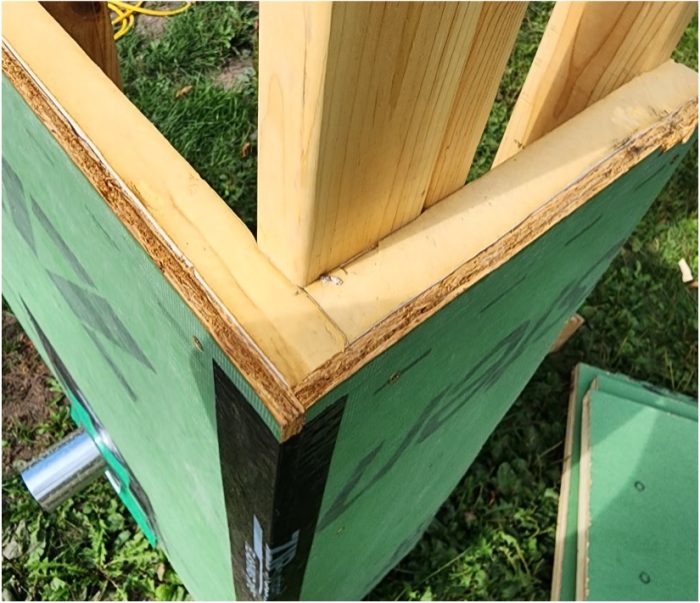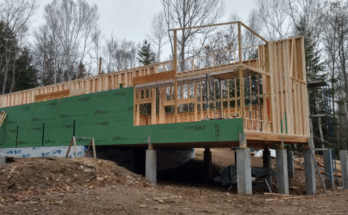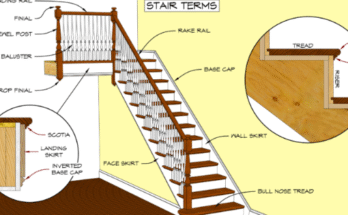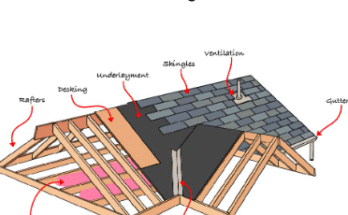An overview of the products most commonly used for exterior insulation and considerations for detailing this type of wall assembly

More Product Guide
In the first post of my three-part series on continuous insulation (CI), I covered building codes and some basic building science principles and how they relate to CI. This second part will discuss some of the difficulties builders have with getting the details right.
I remember my first time using exterior CI on a new home. I had many questions; where to put the WRB, how to attach the cladding, how to address the windows and doors, and how much insulation to use. That home is over 12 years old without any complaints from the homeowner. Would I change some of the details I implemented on that first project? Absolutely. But the design and execution seem to be performing well.
What I would do today would be based on whether I was dealing with new construction or a renovation. Other factors would be budget, the construction crews’ experience level, and how the homeowner intends to use the building. For example, maybe a family member has a health condition that requires higher than average indoor humidity, or maybe the homeowner is planning on an indoor swimming pool. I would approach those projects differently than I would building to code minimum requirements for CI outlined in Chapter 11 of the IRC.
Common materials used for continuous insulation
There are four main materials used for exterior CI, plus a new one just now coming onto the domestic market. Most installations will include some sort of rigid insulation, but fibrous insulation can be an option with certain designs and assemblies. (I won’t be covering the fibrous options in this post.) In no specific order, the most commonly spec’d materials are extruded polystyrene (XPS), expanded polystyrene (EPS), polyisocyanurate (polyiso), and rigid mineral wool (e.g. Rockwool’s ComfortBoard 80). Another product that has been around for a while in…
Building our forever home, new construction in climate zone 4Marine (Portland, Oregon) and planning 2×6 structure(R23 BIB fiberglass), ZIP sheathing (air barrier), GPS 1inch (R5) continuous insulation… and then a 1×3 rainsreen and some Hardie lap siding.
So, the ZIP sheathing is warmed by the R5 GPS but you always want some venting incases of low temp condensation. This structure is designed for 30F (ASHREA 99) but we get 20F on occasions. The HALO GPS specification is 1.32 perm allows for drying to the exterior. This particular GPS product skin is perforated and falls into the class 3 vapor barrier category but IMHO it’s closer to a class 2 vapor barrier (class 2 to class 3 transitions at 1 perm).
I initially planned a vapor open assembly (1.5″ rockwool at R6.3) but rockwool is currently on allocation and not available in Feb 2024. Plus the demand of Rockwool has driven the price point to $1.5 psf and GPS is $0.65 psf in my location. So, this seems like a no-brainer for choosing a GPS solution….
My three hesitations are first; when hanging concrete siding on the 1×3 furring, will the 10psi compressive resistance of GPS be sufficient to prevent racking in some weird way. Second, is the 1.3 perm specification real world accurate. I want outward drying. Third… going to all the trouble to install 1″ (R5), should I spend a few more dollars for 1.5″ getting R7.5? Rockwool was my perfect solution but I need to be flexible as building is this spring….
I’m a HUGE fan of GBA and appreciate all the insights and comments from GBA experts.


